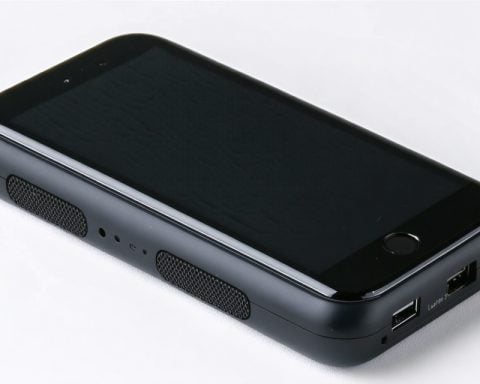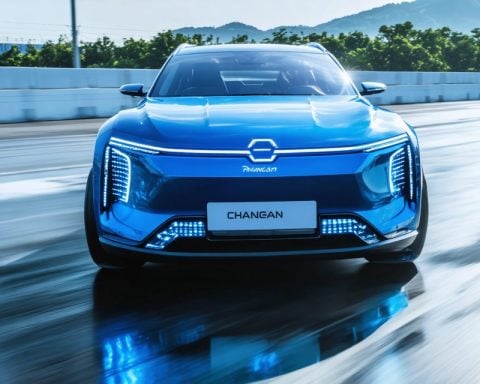The Argonne National Laboratory in Lamont, Illinois, is spearheading a groundbreaking $50 million partnership with seven U.S. national laboratories to accelerate the development of sodium-ion batteries for electric vehicles and energy storage. This innovative push aims to offer a safer, cost-effective alternative to the widely used lithium-ion batteries, which rely heavily on metals like lithium, cobalt, and nickel.
Why Sodium-ion? Sodium-ion batteries present numerous advantages. Unlike lithium-ion technology, they minimize the risk of fire hazards and depend on more abundant resources like sodium, found in commonplace materials such as table salt and ocean water. Additionally, they function better in extremely cold temperatures, a claim supported by CATL, the world’s largest battery manufacturer.
Although sodium-ion technology shows promising benefits, it’s not without challenges. A key drawback primarily involves energy density; sodium-ion batteries currently deliver fewer miles per charge compared to their lithium-ion counterparts. Still, CATL has announced plans to mass-produce its second-generation sodium-ion battery by 2027, aiming for an energy density of 200 watt-hours per kilogram, a notable improvement from earlier versions.
This strategic initiative is part of a broader shift as researchers, governments, and industry players seek viable alternatives to lithium-ion batteries, spurred by constraints in the lithium supply chain and concerns over environmentally harmful mining practices. Despite skepticism over some industry claims, this new project sets a five-year timeline to develop sodium-ion batteries that can compete energetically and economically with existing technologies. As global demand for sustainable energy solutions rises, sodium-ion battery production is expected to grow significantly by 2030.
The Future of Energy Storage: Insights into Sodium-Ion Battery Innovations
In an era increasingly conscious of environmental sustainability and resource scarcity, the focus is shifting towards alternative energy storage solutions, with sodium-ion batteries sparking significant interest. As global leaders in scientific research, Argonne National Laboratory and its partners are paving the way by committing $50 million to accelerate the development and deployment of sodium-ion technology, drawing attention to this emerging innovation.
Key Features and Advantages of Sodium-Ion Batteries
Sodium-ion batteries are gaining traction due to several compelling features:
– Resource Abundance: Unlike lithium-ion batteries, which depend on scarce minerals such as lithium, cobalt, and nickel, sodium-ion technology utilizes sodium, an element abundantly found in seawater and other natural sources. This availability could lead to cost reductions and less environmentally damaging extraction processes.
– Enhanced Safety: Sodium-ion batteries offer enhanced safety compared to their lithium-ion counterparts. Their chemical structure reduces the risk of fire hazards, a critical advantage in residential and industrial applications.
– Performance in Extreme Temperatures: As per data from leading manufacturer CATL, sodium-ion batteries perform significantly better in cold conditions, making them a viable option for applications in harsh climates.
Industry Challenges and Developments
Despite their potential, sodium-ion batteries face crucial challenges, primarily related to energy density. Current products deliver a lower range per charge compared to lithium-based technologies. However, continuous innovation is addressing these issues. CATL anticipates launching a second-generation sodium-ion battery by 2027, enhancing its energy density to 200 watt-hours per kilogram.
Market Predictions and Trends
As governments and industries worldwide seek sustainable alternatives, sodium-ion technology undeniably stands at the forefront of this transition. Predictions indicate a significant increase in sodium-ion battery production by 2030. The technology’s integration into the electric vehicle and energy storage sectors would cater to growing demands for green energy solutions.
Sustainability and Environmental Impact
The shift towards sodium-ion technology aligns with global sustainability goals. By reducing reliance on lithium and other hard-to-obtain metals, sodium-ion batteries could alleviate the environmental degradation associated with traditional mining tactics. It represents a crucial step towards a more sustainable battery infrastructure.
Future Outlook and Innovations
This strategic initiative not only aims to address supply chain constraints but also hopes to reshape the energy storage landscape. Continued research and development will be vital to overcoming existing technological limitations. As sodium-ion battery technology continues to evolve, its role in the future of sustainable energy is poised to grow. Stay informed about advancements by visiting the Argonne National Laboratory and similar leading institutions that are driving this transformation.
With initiatives like the Argonne-led partnership, sodium-ion batteries are no longer a distant possibility but an impending reality in the quest for safer, more sustainable energy solutions.







